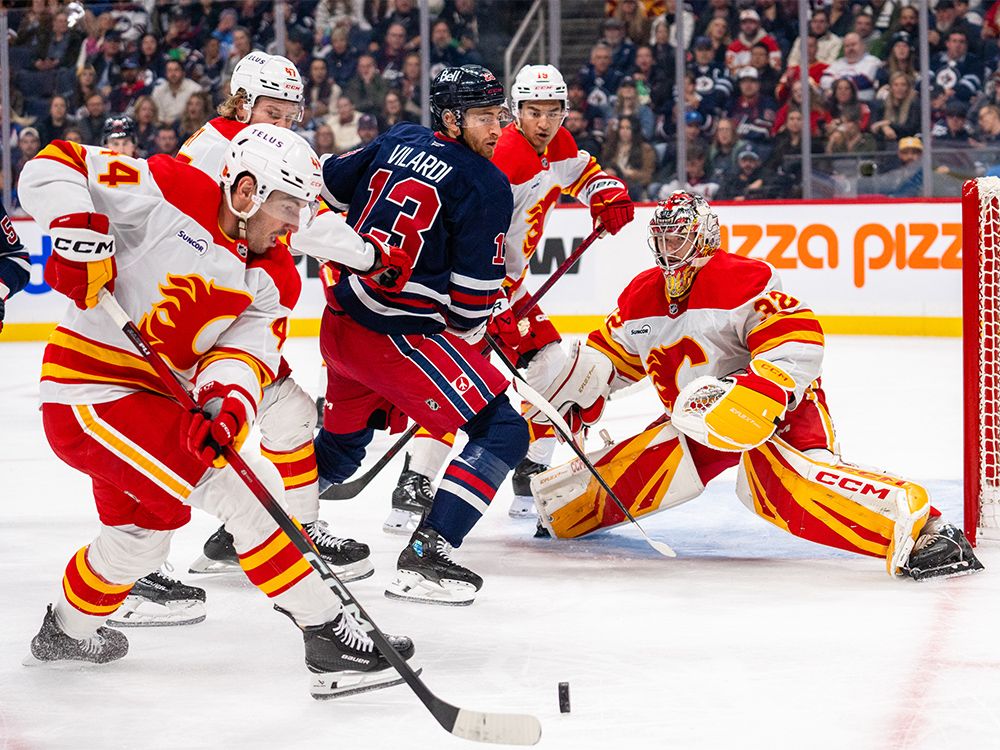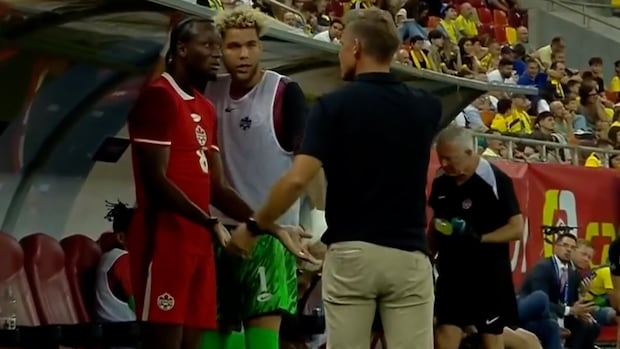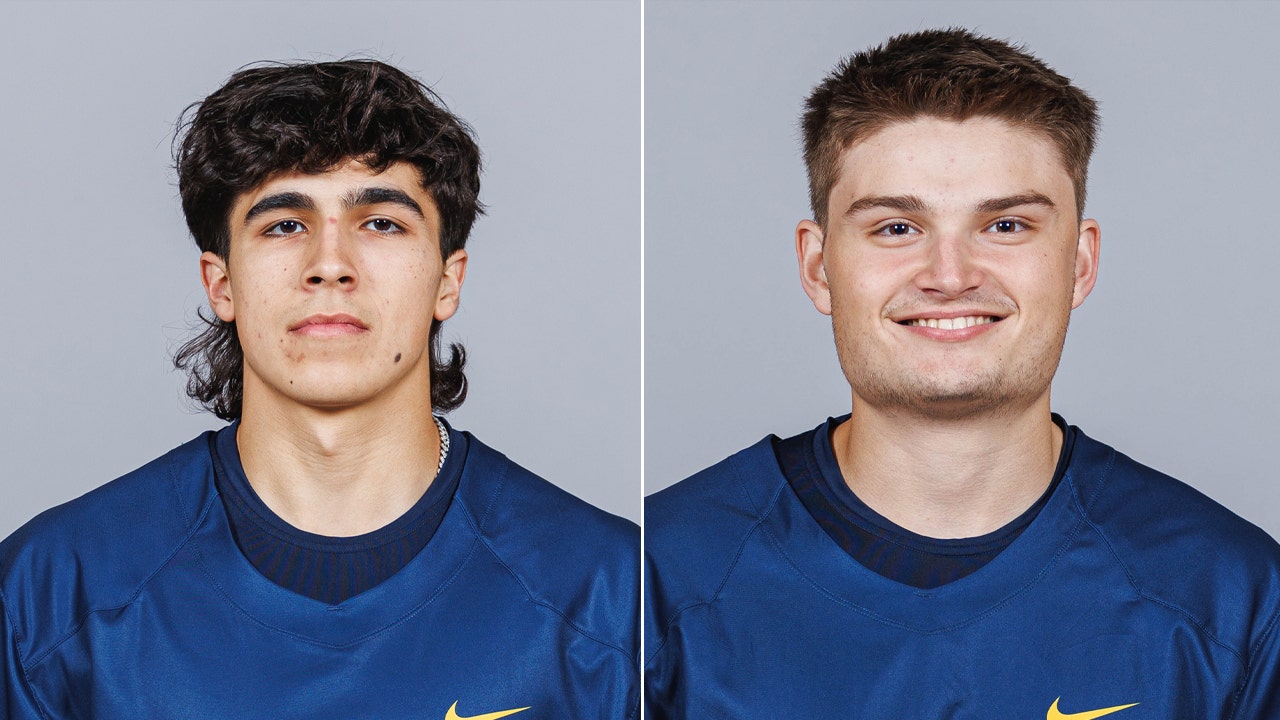When it comes to athletics in 2024, Canada truly blessed with depth of field

Early one weekday evening in August of 2009, I hustled up an embankment outside Olympiastadion Berlin, trying to reach a flag vendor’s tent before the start of the evening session at the IAAF World Championships.
The meet had begun the previous Saturday, and by Tuesday of the following week, two flags were in short supply. Jamaican flags were scarce, naturally, because August 2009 gave us Peak Usain Bolt. The sprint GOAT opened those worlds with a 9.58 second clocking to win the 100 metres, smashing his own world record and winning over local fans in the process. If you couldn’t find a Jamaican flag that week, it was likely because a German spectator beat you to the vendor’s tent, then headed inside the stadium to wave it in support of their new favourite athlete.
Canadian flags were equally tough to find that week, likely because vendors didn’t stock many to begin with. Can’t say I blame them. Bolt’s peak corresponded with a low period for Canadian track and field, and Team Canada left Berlin with one solitary medal — a silver for Priscilla Lopes-Schliep in the women’s 100m hurdles.
Either way, I copped the last Canadian flag, draped it over my shoulders, and was marching toward the stadium when a Jamaican fan stopped me. I didn’t ask for a passport or birth certificate, but this guy — a middle-aged Black man with shades and a Jamaican-flag t-shirt — struck me as an actual Jamaican, and not one of the fairweather fans dotting the stands that week. He looked at me, then at my flag, then back at me, and asked a rhetorical, but halfway serious question.
“Canada?” he said. “Are you guys still running?”
WATCH | Fielding questions with Camryn Rogers:
Get to know Canadian hammer thrower Camryn Rogers before she takes on the world in Budapest, and tries to upgrade her 2022 world medal from silver to gold.
“Some of us are,” I said, because in 2009, Canada’s medal prospects were dimmer than the dusk settling around the stadium during our exchange. I didn’t have the material to formulate a witty comeback.
But if asked the same question today, I could reply that Canada is, in fact, still running, and sometimes jumping — but most of all, we’re throwing.
At last summer’s World Athletics Championships in Budapest, Hungary, Canada finished with six medals overall, and its four gold ranked second to only the United States. One of those world titles came in the women’s hammer, where national record-holder Camryn Rogers landed atop the podium. And another came in the men’s hammer, a gold medal marking one of several highlights in a breakthrough season for Ethan Katzberg. Add in Pierce LePage in decathlon and Marco Arop in the men’s 800 metres, and Team Canada left Budapest with more gold medals than several of the nations we regard as track and field heavyweights.
Does this mean the sport’s balance of power has tilted northward?
Not quite.
But the results Canadian athletes posted in Budapest in 2023 mean Canadian track fans, athletes and other stakeholders can enter 2024 with a welcome, if unfamiliar, feeling.
Optimism. Not just hope that if everything breaks right, Canadian athletes can win some medals, but a well-founded expectation that, regardless of which individuals perform well, Team Canada has the depth and breadth of talent to hit ambitious medal targets.
WATCH | Ethan Katzberg on his hammer throw journey:
Reigning hammer throw world champion Ethan Katzberg sits down with Scott Russell to discuss his journey into the sport and where he draws his motivation and inspiration.
After all, Canada’s oldest medalist in Budapest was 27-year-old Pierce LePage, while the youngest was Katzberg, who is 21. Those details put Canada’s entire cohort of medal winners in the best possible position for a pro athlete — experienced enough to have mastered their events, but young enough to keep improving.
As for Canada’s gold-medal sweep in the hammer, it was either a shock or a mild surprise, depending on how closely you follow the event and its competitors.
Katzberg, meanwhile, made a quantum leap in the second half of last season. Heading into worlds he had never cracked 79 metres. In Budapest, the Nanaimo, B.C. native surpassed 81 metres to qualify for the final, then broke that barrier again to win gold. And then in early November, while most track and field athletes were just starting pre-season training for 2024, Katzberg stepped into the cage at the Pan American Games in Santiago, Chile, and threw 80.96 metres to claim one more gold medal.
WATCH | Pierce LePage talks about becoming a world champion:
Host Rob Pizzo is joined by Decathlon World Champion Pierce LePage and they discuss what it meant for Pierce to become World Champion.
In another sport, you’d call that string of performances “clutch.” Katzberg consistently unleashed his biggest throws in the highest-stakes moments.
Granted, other track and field powers focus more tightly on certain event categories. Kenya and Ethiopia built their reputations on distance-running success, but they have recently ceded market share to Uganda and Norway. Jamaica tends to collect hardware in sprints, hurdles, and horizontal jumps, with few ways to compensate if a medal favourite suffers and injury or a slump.
Canada, meanwhile, is more like the US — in the medal hunt across categories. They may lack team USA’s depth in the men’s sprints, but they stayed near the top of the medal table thanks to breadth. Men’s sprints and relays didn’t deliver medals this year, but throws and the 800 metres did. Next summer, another athlete on the verge of a breakthrough might actually achieve it.
It’s still too early to say for sure that Team Canada will improve on its medal haul from Budapest, but those results, which came from athletes in their early-to-mid 20s, give Canada’s Olympic team access to the only thing that’s guaranteed.
A chance.

.jpg?crop=1.777xh:h;*,*&downsize=510px:*510w)




